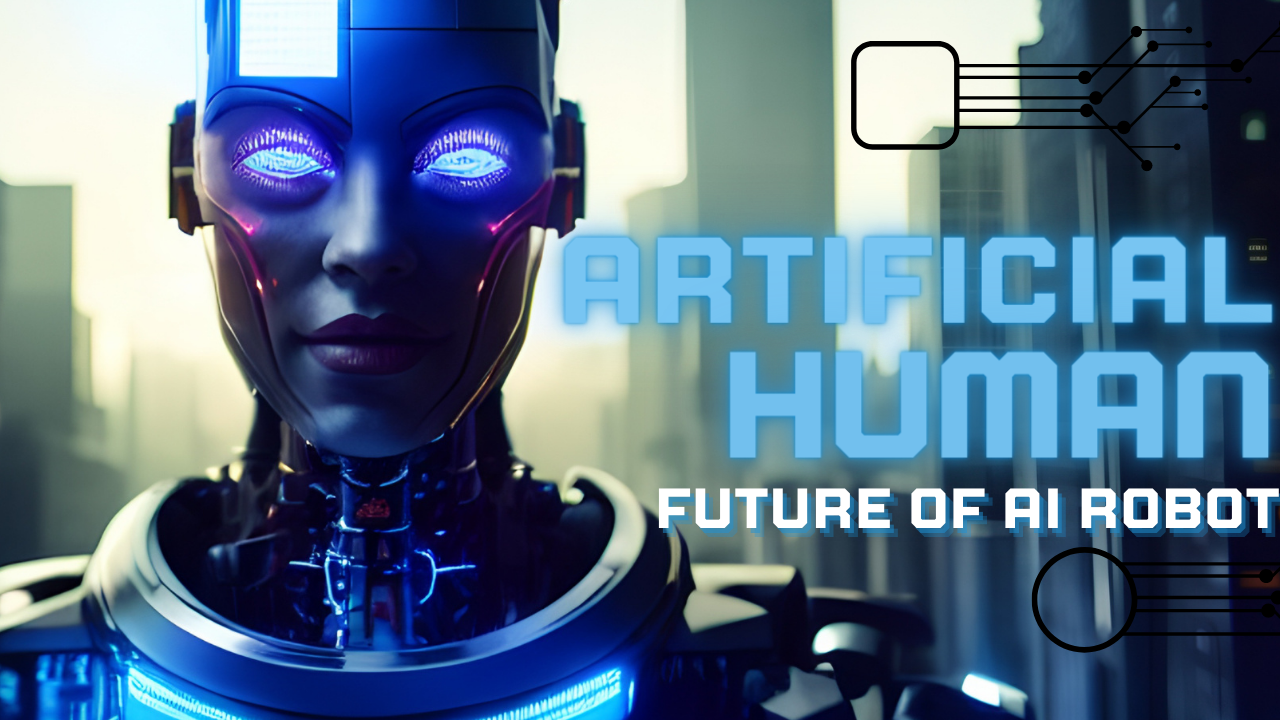Artificial intelligence (AI) robots, also known as intelligent robots or autonomous robots, are machines that combine AI capabilities with physical movements and interactions in the physical world. These robots are designed to perceive their environment, process information, make decisions, and perform tasks without constant human intervention. AI robots can be found in various fields and industries, including manufacturing, healthcare, transportation, entertainment, and more. (AI Robot)
Key components of Artificial Intelligence robots include:
Sensing:
Artificial Intelligence robots use various sensors, such as cameras, LIDAR, ultrasonic sensors, and tactile sensors, to collect data about their surroundings.
Processing:
Data is collected by sensors installed on the AI robot.
The collected data is sent to AI algorithms and machine learning models.
The processing can take place onboard the robot or in the cloud.
AI algorithms analyze the data to understand the robot’s environment.
Decision-making:
Artificial Intelligence robots employ algorithms and cognitive models to analyze the processed data and determine the appropriate actions to take in response to the given situation or task.
Actuation:
Once the decision-making process is complete, the AI robot’s actuators, such as motors, gears, and limbs, carry out the physical movements required to execute the chosen action.
AI robots have various applications:
Manufacturing:
Robots are used in factories for assembly, welding, painting, and other repetitive tasks, leading to increased efficiency and reduced human labor.
Healthcare:
AI robots can assist in surgery, rehabilitation, and elderly care, providing support to medical professionals and improving patient outcomes.
Autonomous vehicles:
Autonomous vehicles, including self-driving cars and drones, are a significant advancement in transportation.
These vehicles operate without human intervention and rely on AI algorithms to navigate and make decisions.
They are equipped with sensors such as cameras, radar, lidar, and GPS to perceive and analyze their surroundings.
Customer service:
AI-powered robots and chatbots are employed to interact with customers, providing information and answering queries.
Entertainment:
In the entertainment industry, AI robots are becoming increasingly prevalent and are being used in various roles to enhance the overall experience for audiences and consumers.

